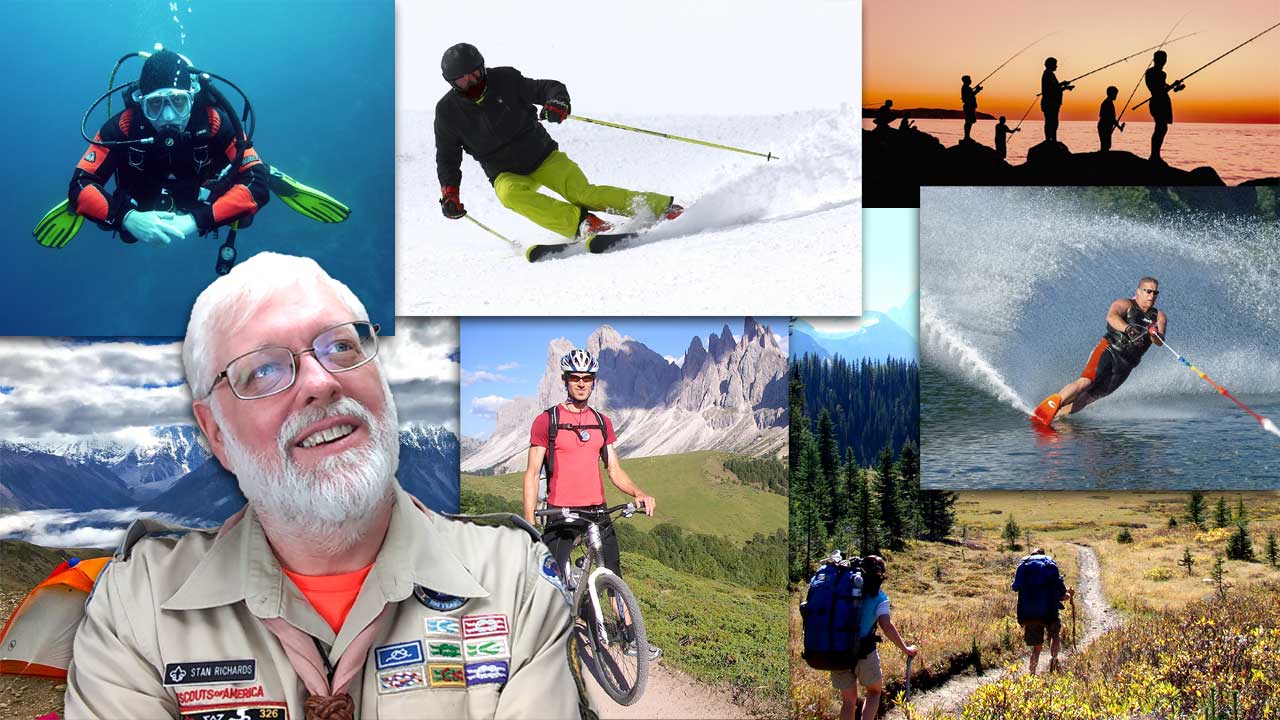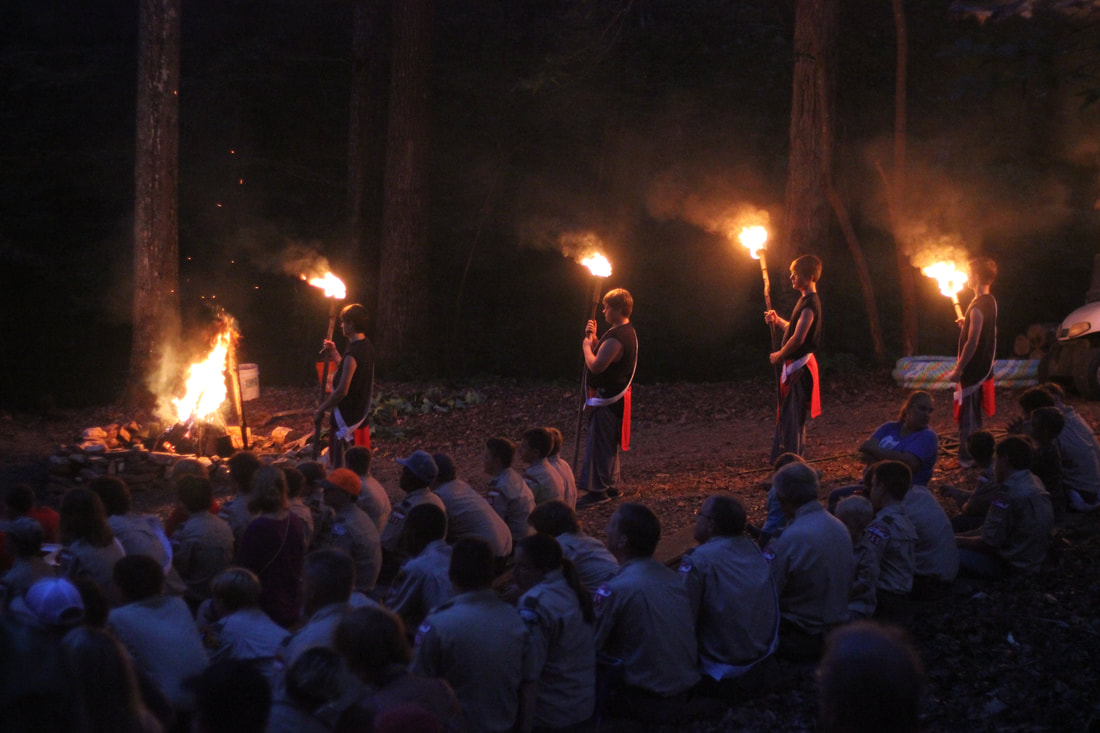Hey ScouterStan, let’s talk about changing that meeting. Oh my gosh, there are a lot of scout meetings that tend to go on and on, and… they don’t get anything done. When I was recruiting thousands of scouts, I always thought in the back of my mind “No one ever joined Scouting to be stuck in a boring meeting every week”. Changing this mindset of meetings into planning or preparation meetings for an adventure is far more interesting. As adult Scout leaders, we need to encourage our youth to take on the mindset of making the meetings more than just Scout skills. Combine those scout skills with the adventures that they’ve already scheduled. That’s the key, and it all starts with planning.
Get a good annual plan of all the different campouts and adventures that the troop or crew wants to do. It’s important to have that agenda for each meeting, but they should be matched up with the adventures. The Senior Patrol Leader is in charge of the troop meeting and they should have a plan that they have put together based on the schedule that they have worked out ahead of time in the Patrol Leaders Council, known as a PLC. Now, these are the mechanics, these are the basics of what’s going on there, but it needs to be set up ahead of time. That way you stay on task according to the skills that you want to work on for the adventure that’s coming up.
One of the good ways to stay focused is by delegating roles. Your Senior Patrol Leader at that Patrol Leader’s Council needs to mix it up as far as who’s going to be doing the opening or the flags, who’s in charge of the game, who’s in charge of cleanup. This should all be set, and mixing it up between the different patrols is critical. The Senior Patrol Leader and Assistant Senior Patrol leaders need to work with the Troop Scribe to be the timekeeper so that everything goes in order and things can get out of control. That’s okay… We love excitement and that’s what scouts like the most, but we can’t lose track of time. We will run out of time and we won’t cover what we wanted to cover. The youth can develop these skills of leadership and this will ensure that everything runs efficiently. Now, there are some engagement strategies and one of the big ones is that the meeting is planning or learning the skills that are needed.
For example, if the troop is planning a canoe trip, bring a canoe to the meeting. Show the equipment they’ll use, like life jackets, oars, and helmets. This excitement will boost attendance as youth are drawn to upcoming adventures. Ensure meetings are fun and exciting but manage time effectively using a timekeeper like the scribe to stay on track.
Now relating a full theme. If you were doing canoeing you would make the game a life jacket or a relay game by throwing lifelines out and pulling in scouts on cardboard mats that could slide across the floor back to the other side. And then if you have an entire patrol that wins that relay game, they get a prize like being the 1st on the water. When it comes to the actual trip. This will boost your attendance, this will boost your excitement and it won’t be a boring meeting.
Now throughout any meeting, you need to have those visual aids that stimulate the conversation. Don’t just stand in front of a blackboard or a whiteboard and draw designs and stuff. It’s just not enough. Make sure you have charts and digital representations, different things. If you’re going on a field trip to NASA, maybe show some videos of spaceflight, and what it’s like to be in the space station. These are great things to build that excitement but try to keep within the meeting’s message. Always have a scout skill related to your adventure.
Meetings do not necessarily need to be elaborate productions; they can simply be problem-solving sessions or discussions. Youth leadership can effectively guide the group in resolving issues or collaborating on solutions. These meetings can also function as brainstorming sessions where Scouts develop ideas for their annual schedule. This process fosters consensus-building within the unit and is essential for teamwork. Reflection and feedback are always appropriate, and participants should be encouraged to provide brief feedback opportunities where they can express concerns or suggest topics that need coverage.
Feedback should encompass what went well and areas for improvement. Every meeting should incorporate this feedback opportunity and it does not have to be reserved for the closing segment. It could occur before a game or at another point during the meeting. Additionally, the placement of the game is flexible; it can be at the beginning or the end, depending on the Senior Patrol Leader’s plan. Each meeting should include a moment for the Scoutmaster’s Minute and the retiring of the colors, which completes the meeting and enhances its appeal. Collaboration with youth leaders is crucial to ensure the success of these meetings.
When planning your activities for the year, refer to your planning seminar to integrate these adventures into your meetings. It is vital to avoid monotonous meetings because engaging meetings attract higher attendance and interest. Turning meetings into opportunities for learning skills and preparing for adventures can significantly improve participation rates. Scouting provides an excellent platform to incorporate skills into adventures, making them both better and safer. The dedication and hard work invested in supporting Scouts must continue. Collaborate with youth leaders to ensure they have all the necessary resources for conducting impactful meetings. Continue the commendable efforts, and I look forward to seeing you on the trail.

